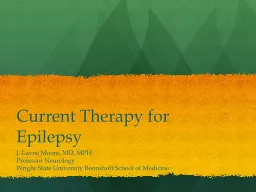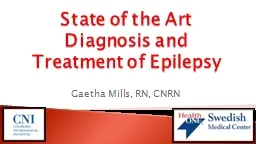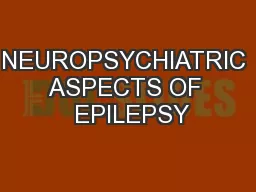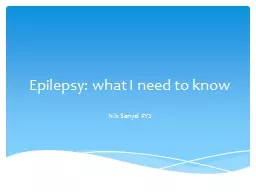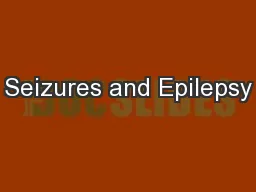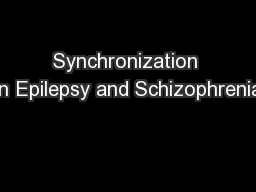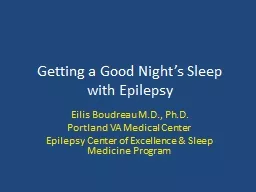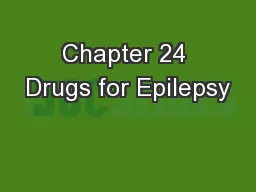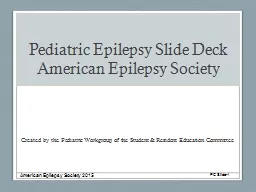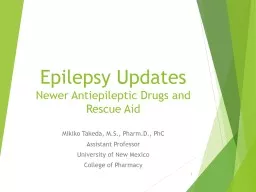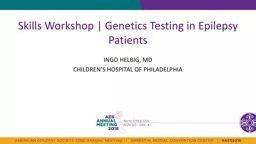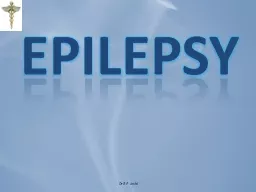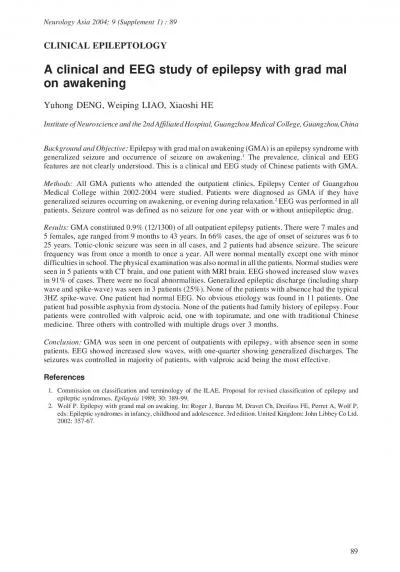PPT-Current Therapy for Epilepsy
Author : tatiana-dople | Published Date : 2017-11-30
J Layne Moore MD MPH Professor Neurology Wright State University Boonshoft School of Medicine Epilepsy A disease known from antiquity Initially thought to be from
Presentation Embed Code
Download Presentation
Download Presentation The PPT/PDF document "Current Therapy for Epilepsy" is the property of its rightful owner. Permission is granted to download and print the materials on this website for personal, non-commercial use only, and to display it on your personal computer provided you do not modify the materials and that you retain all copyright notices contained in the materials. By downloading content from our website, you accept the terms of this agreement.
Current Therapy for Epilepsy: Transcript
Download Rules Of Document
"Current Therapy for Epilepsy"The content belongs to its owner. You may download and print it for personal use, without modification, and keep all copyright notices. By downloading, you agree to these terms.
Related Documents

